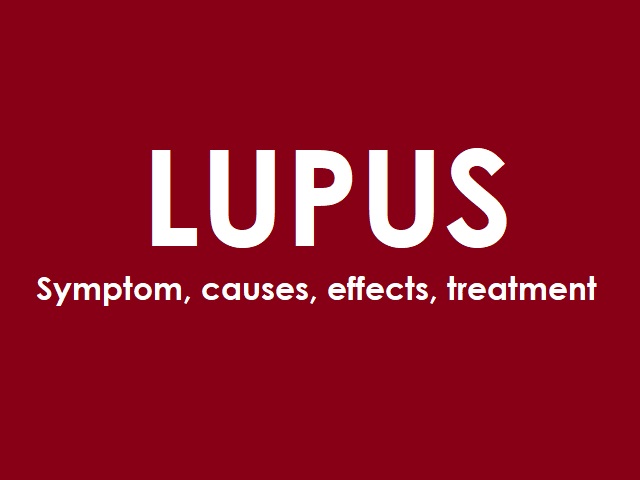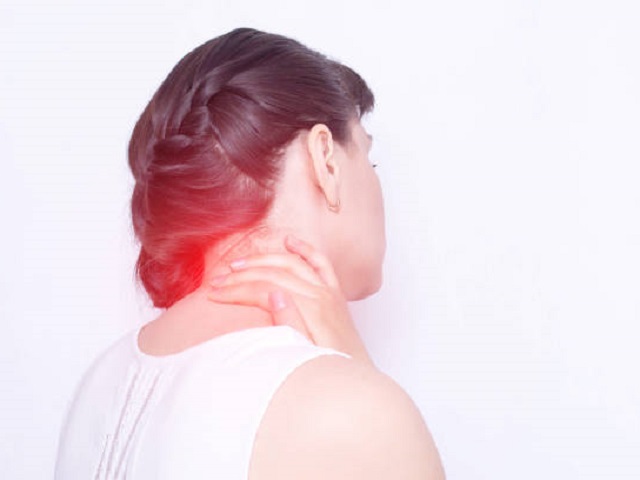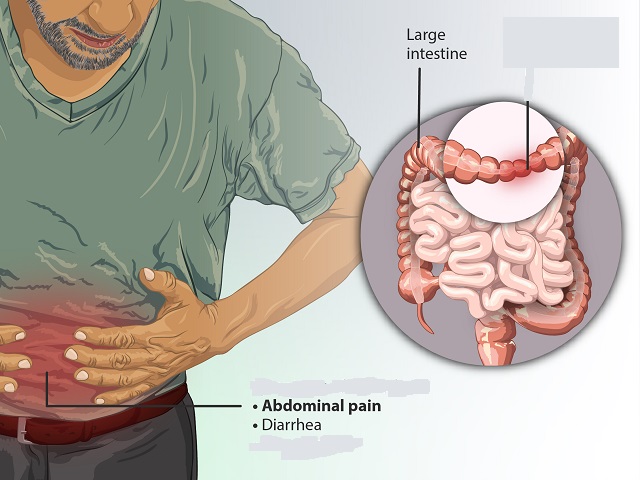7 Signs You May Have Scleroderma -- Symptoms, Causes, Effects, Treatment and Prevention
Scleroderma, also known as systemic sclerosis, is a chronic autoimmune disease that affects the connective tissues in the body. It causes excessive collagen production, leading to thickening and hardening of the skin and internal organs. Scleroderma can vary in severity and affect different areas of the body.
Symptoms of Scleroderma:
The symptoms of scleroderma can vary widely, but commonly include:
- Thickening and hardening of the skin, particularly on the fingers, hands, face, and other extremities
- Raynaud's phenomenon, where the fingers and toes turn white or blue in response to cold or stress
- Joint pain, stiffness, and swelling
- Gastrointestinal problems, such as acid reflux, difficulty swallowing, and bloating
- Shortness of breath and coughing due to lung involvement
- Kidney problems and high blood pressure
- Fatigue, muscle weakness, and weight loss
Diagnosis of Scleroderma:
Diagnosing scleroderma involves a combination of medical history, physical examination, and laboratory tests. Common diagnostic tests include:
- Blood tests to check for specific antibodies associated with scleroderma, as well as to assess organ function
- Skin biopsy to examine the skin tissue under a microscope
- Imaging tests, such as X-rays or CT scans, to evaluate organ involvement
- Pulmonary function tests to assess lung function
Causes of Scleroderma:
The exact cause of scleroderma is unknown, but it is believed to involve a combination of genetic and environmental factors. Autoimmune dysfunction plays a significant role, where the immune system mistakenly attacks healthy tissues. Certain triggers, such as infections or exposure to certain chemicals, may also contribute to the development of scleroderma.
Effects of Scleroderma:
Scleroderma can affect various organs and systems in the body, leading to complications such as:
- Skin ulcers and sores
- Organ damage, including lung fibrosis, kidney dysfunction, and heart problems
- Digestive problems, such as malabsorption and intestinal obstruction
- Joint contractures and limited mobility
- Emotional and psychological impact, including anxiety and depression
Treatment and Prevention of Scleroderma:
While there is no cure for scleroderma, treatment focuses on managing symptoms, slowing disease progression, and preventing complications. Treatment approaches may include:
- Medications to manage symptoms, such as immunosuppressants, vasodilators, and pain medications
- Physical therapy and exercises to maintain joint mobility and improve strength
- Occupational therapy to assist with activities of daily living
- Regular monitoring and management of organ involvement by a multidisciplinary team of healthcare professionals
- Lifestyle modifications, such as protecting the skin from injury and avoiding triggers that worsen symptoms
References:
National Institute of Arthritis and Musculoskeletal and Skin Diseases. (2019). Scleroderma. Retrieved from https://www.niams.nih.gov/health-topics/scleroderma
Mayo Clinic. (2021). Scleroderma. Retrieved from https://www.mayoclinic.org/diseases-conditions/scleroderma/symptoms-causes/syc-20351952














